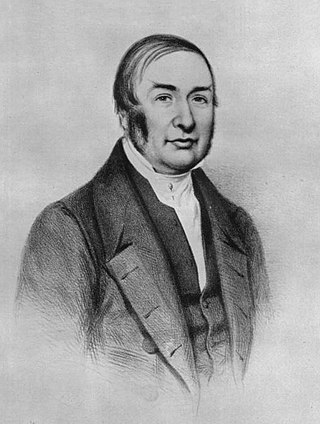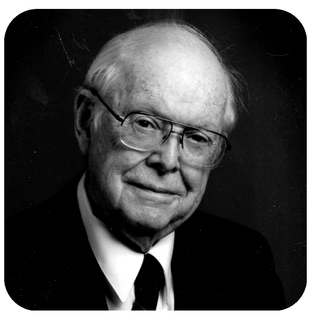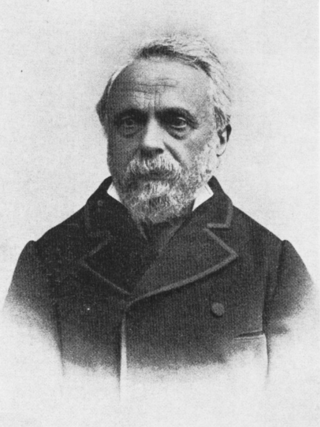Related Research Articles

Hypnosis is a human condition involving focused attention, reduced peripheral awareness, and an enhanced capacity to respond to suggestion.
Hypnotherapy, also known as hypnotic medicine, is the use of hypnosis in psychotherapy. Hypnotherapy is generally not considered to be based on scientific evidence, and is rarely recommended in clinical practice guidelines. Reviews by psychologists have found hypnosis to be effective as an adjunctive treatment for a range of conditions, such as chronic and acute pain, irritable bowel syndrome, post-traumatic stress disorder, phobias and eating disorder. ”It is regarded as a type of alternative medicine.

James Braid was a Scottish surgeon, natural philosopher, and "gentleman scientist".
Self-hypnosis or auto-hypnosis is a form, a process, or the result of a self-induced hypnotic state.

The Nancy School was a French hypnosis-centered school of psychotherapy. The origins of the thoughts were brought about by Ambroise-Auguste Liébeault in 1866, in Nancy, France. Through his publications and therapy sessions he was able to gain the attention/support from Hippolyte Bernheim: another Nancy Doctor that further evolved Liébeault's thoughts and practices to form what is known as the Nancy School.
Suggestion is the psychological process by which a person guides their own or another person's desired thoughts, feelings, and behaviors by presenting stimuli that may elicit them as reflexes instead of relying on conscious effort.

Ormond Dale McGill was an American stage hypnotist, magician and instructor who was considered to be the "Dean of American Hypnotists". He was also a writer and author of many books including Hypnotism and Mysticism of India (1979) and The New Encyclopedia of Stage Hypnotism.
The development of concepts, beliefs and practices related to hypnosis and hypnotherapy have been documented since prehistoric to modern times.
Hypnosurgery is surgery where the patient is sedated using hypnotherapy rather than traditional anaesthetics. It is claimed that hypnosis for anaesthesia has been used since the 1840s where it was pioneered by the surgeon James Braid. There are occasional media reports of surgery being conducted under hypnosis, but since these are not carried out under controlled conditions, nothing can be concluded from them. In 2013 in the University of Padova, Italy, Hypnosis was used as sole anaesthesia for a skin tumour removal in a patient with multiple chemical sensitivity who couldn't use chemical drugs.
Atavistic regression is a hypnosis-related concept introduced by the Australian scholar and psychiatrist Ainslie Meares. Meares coined his term from the English atavism, which is derived from the Latin atavus, meaning a great-grandfather's grandfather and, thus, more generally, an ancestor.
André Muller Weitzenhoffer was one of the most prolific researchers in the field of hypnosis in the latter half of the 20th century, having authored over 100 publications between 1949 and 2004. He was the recipient of several professional and academic awards, including the Distinguished Contributions to Scientific Hypnosis Award of the American Psychological Association in 1992.

Ambroise-Auguste Liébeault was a French physician and is considered the father of modern hypnotherapy. Ambroise-Auguste Liébeault was born in Favières, a small town in the Lorraine region of France, on September 16, 1823. He completed his medical degree at the University of Strasbourg in 1850, at the age of 26.
The British Journal of Medical Hypnotism was a peer-reviewed medical journal and an official journal of the British Society of Medical Hypnotists. It was established in 1949 and ceased publication in 1966. It was indexed in PubMed/MEDLINE.

Hypnotic induction is the process undertaken by a hypnotist to establish the state or conditions required for hypnosis to occur.
Sydney James Van Pelt was an Australian medical practitioner and a pioneer of modern medical hypnosis and hypnotherapy.

Mark Thomas Gilboyne, nom de guerreGil Boyne, was an American pioneer in modern hypnotherapy.
Jeffrey Rose, CMH, is an American clinical hypnotist, nutritionist, lecturer, sleep specialist, addiction recovery coach, cable TV show host, lecturer, Rockland County chapter leader of Start School Later and writer.
Isaac Gubel was an Argentine psychiatrist and hypnotist.
The Hypnotic Ego-Strengthening Procedure, incorporating its constituent, influential hypnotherapeutic monologue — which delivered an incremental sequence of both suggestions for within-hypnotic influence and suggestions for post-hypnotic influence — was developed and promoted by the British consultant psychiatrist, John Heywood Hartland (1901–1977) in the 1960s.
References
- ↑ "The History of Hypnotism" Archived July 22, 2011, at the Wayback Machine by Sydney James van Pelt, Magazine for Hypnosis and Hypnotherapy.
- ↑ "A Tribute to Dr. Sidney J. Van Pelt (1976)" [usurped]
- ↑ Entry Archived 2011-08-23 at the Wayback Machine at the Historical Library and Wood Institute of The College of Physicians of Philadelphia.